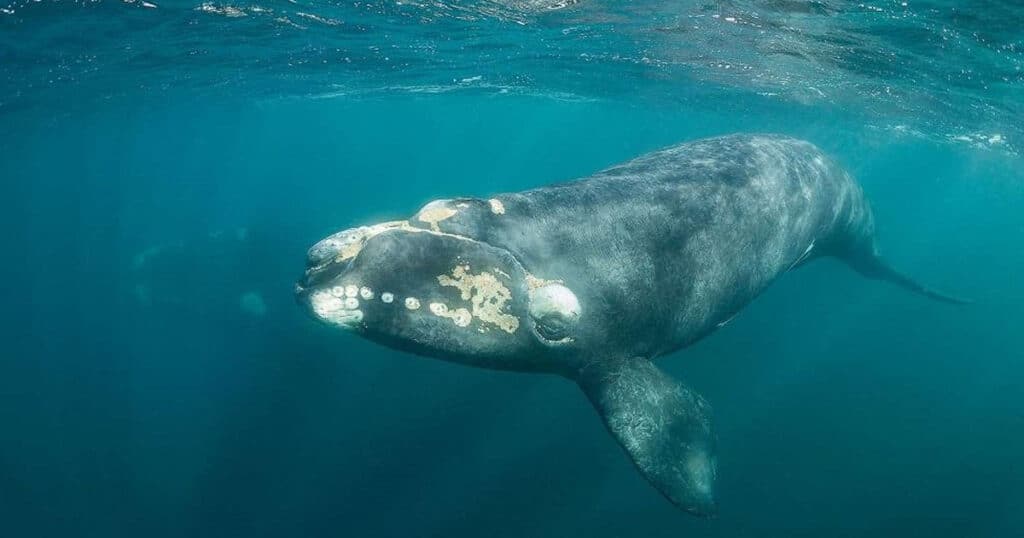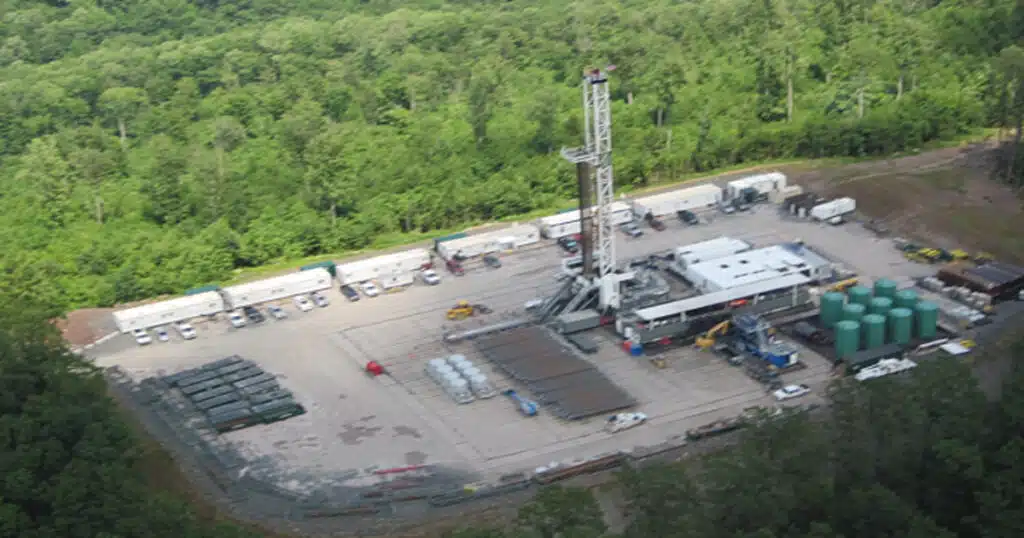
The Environmental Reality Of Offshore Wind Turbines
The North Atlantic Right Whale is an endangered species, with only 300 of these whales being left in the world. The Bureau of Ocean Energy Management (BOEM) has proposed a strategy to implement the use and construction of offshore wind turbines off the Eastern coast of the U.S.
Sadly, these turbines will be built directly in the migratory path of the North Atlantic Right Whale, posing a significant threat to their safety and population.
Committee for a Constructive Tomorrow, the Heartland Institute, and the American Coalition for Ocean Protection have submitted joint comments criticizing BOEM’s North Atlantic Right Whale (NARW) offshore wind strategy (OSW). One primary criticism they raised stated: “The proposed NASW/OSW strategy fails to properly address the clearly great risks to the NARW population posed by OSW operational noise. It also does not address the extensive research required to accurately assess these risks” (Wojick, 2022).
BOEM’s project would include the construction of 176 turbines, each being 700 feet tall with blades longer than a football field. Additionally, boat traffic in the migratory path of these whales would increase due to routine repairs.
For comparison, a 10-megawatt (MW) turbine causes 180 decibels of sound transmitted underwater, exceeding the limit of 120 decibels for marine life that is permitted by the National Oceanic and Atmospheric Administration (NOAA). However, the turbines included in this project would be 14-15 MW. The noise caused by these turbines would far exceed NOAA’s limits placed on sound levels for marine life.
This alone should be concerning enough to halt the construction of these turbines, or at least encourage consideration of alternate strategies.
Due to the sound caused by these turbines, the whales will be forced to migrate around the turbine project area, leading them into frequently trafficked shipping lanes on both sides and increasing the probability of whale-to-boat collision fatalities. This is troubling due to the already scarce number of North Atlantic Right Whales.
According to the judgment in Maine Lobstermen’s Assoc. v. NMFS, activities that bring harm to these whales are prohibited by the National Marine Fisheries Service’s (NMFS) determination that even the death of one Right Whale is unacceptable. The NMFS says, “This means that for the [Right Whale] species to recover, the population cannot sustain, over the course of a year, the death or injury of a single individual due to human causes.”
In conclusion, the “strategy” used by the Bureau of Ocean Energy Management (BOEM) is not accurate or effective in judging the threat this wind turbine project will pose to the whales.
Christians should take particular interest in this issue as we are called to be good stewards of the environment. Genesis 1:28 says, “And God blessed them. And God said to them, “…fill the earth and subdue it, and have dominion over the fish of the sea and over the birds of the heavens and over every living thing that moves on the earth” (ESV). Therefore, we must protect the existence of these whales and call into question the wisdom of BOEM granting permission to so many offshore wind projects.



